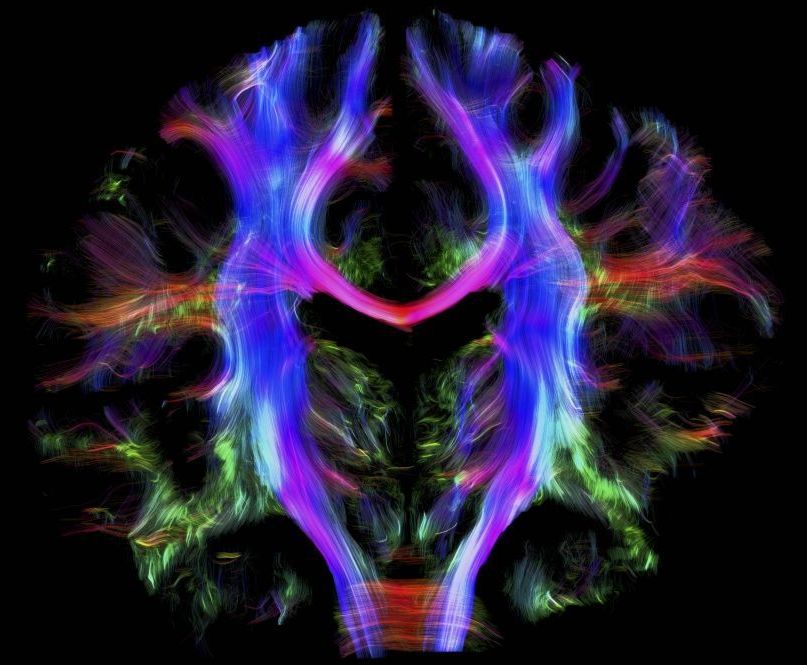Apr 18, 2016
Scientists discover huge galaxy that appeared out of nowhere
Posted by Sean Brazell in category: space
Scientists discovered a new galaxy called Crater 2 that orbits our milky way galaxy which seemingly appeared out of nowhere. Patrick Jones (@Patrick_E_Jones) explains. Buzz60.


















